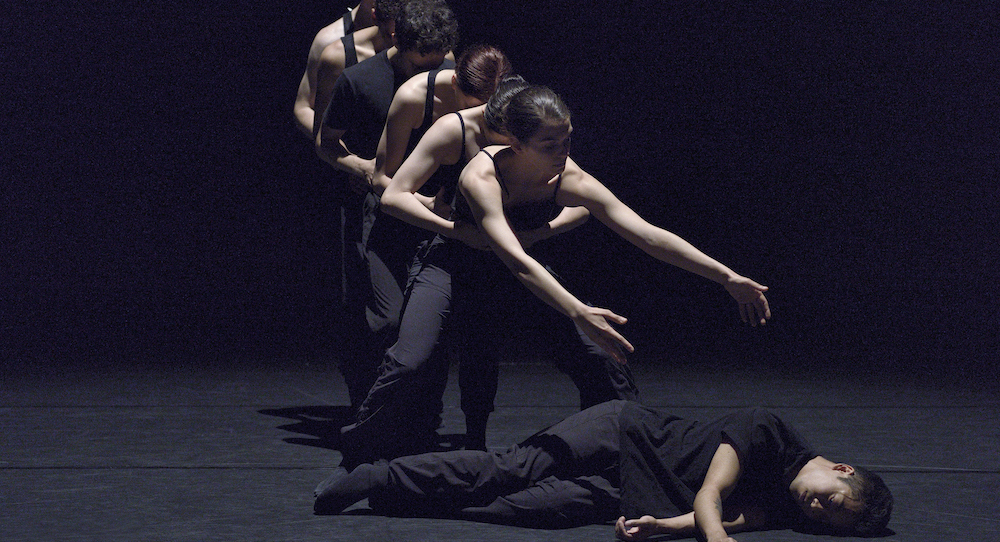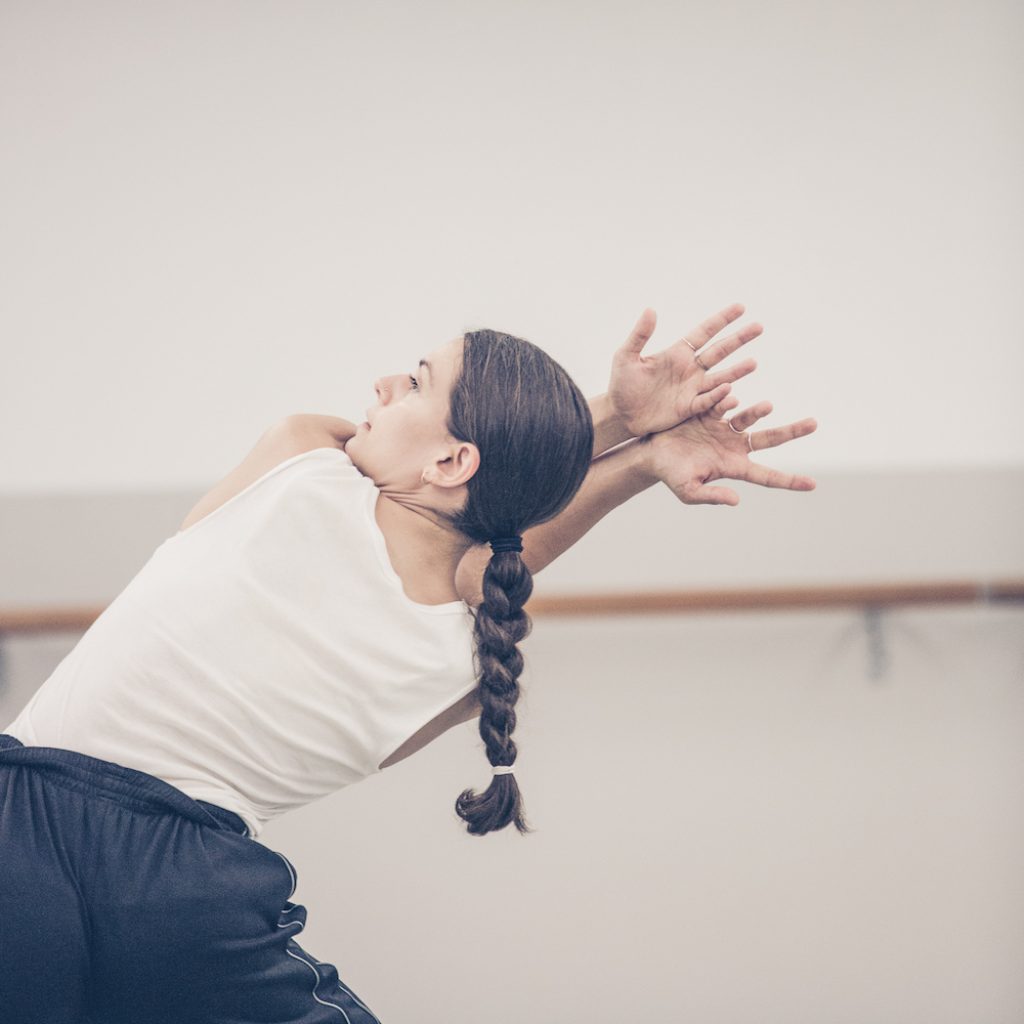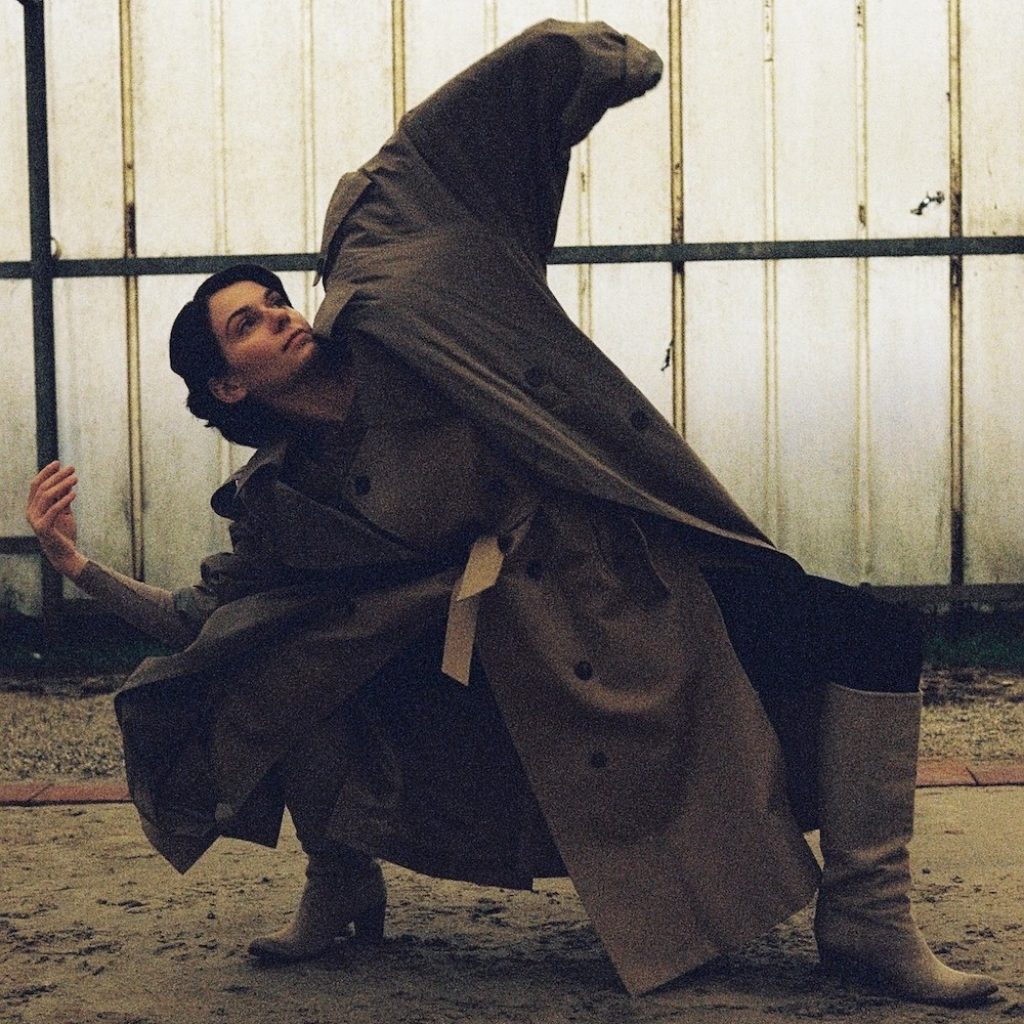Many American dancers dream of dancing and living in Europe. The culture is rich, the arts are more supported, and dance jobs usually come with higher pay, benefits and more stability. So, it’s no wonder some dancers forego the freelance life in the U.S. for a life abroad.
But how do you go about getting a dance job in Europe? What’s the audition process like, and how can you make a home for yourself in an unknown place? In a new three-part series, How to navigate your European audition tour, Dance Informa speaks with three American dancers currently dancing professionally in Europe about their story and invaluable insights into the European audition tour process. First up is Emily Wohl, a dancer originally from New Jersey, who is now dancing with Staatstheater am Gärtnerplatz in Munich, Germany.
Emily Wohl – @e_wohl
Background
“I began dancing in New Jersey, where I trained mostly in ballet until I was 18. I then attended Princeton University, where I studied Molecular Biology and Dance. I was actually planning on applying to medical school after graduation but realized that I wanted to continue dancing. After graduating in 2016, I freelanced in NYC for a year — doing projects, taking classes and workshops, working multiple jobs, and trying to see if the NYC freelance scene was for me. I attended Movement Invention Project and met Alexandra Wells. She offered me a spot in the inaugural year of the Hubbard Street Professional Program, and I moved to Chicago the next month. After a year at HSPro, I continued on as an apprentice with Hubbard Street Dance Chicago. While in Chicago, I connected with Peter Chu, who had been choreographing at Staatstheater Augsburg in Germany. They were searching for dancers, and I was able to audition via videos. I was offered a contract for the following season and moved to Europe in 2019. I spent three years dancing in Augsburg before moving to my current company, Staatstheater am Gärtnerplatz in Munich, Germany.
Moving from the NYC freelance scene to a more structured company setting was definitely an adjustment. In New York, I was in charge of my schedule, and because I didn’t attend a dance conservatory, my college experience was similar; I organized my dance courses, student groups and extracurricular projects around my academic work. I enjoyed the freedom and familiarity of this type of flexible schedule, yet I craved structure.
Moving to Chicago gave me this structure and allowed me to commit more time to training and figuring out what I wanted to do next. During a typical week, I danced from about 10am-6pm, Monday through Friday, and then worked three or four other jobs at night and on weekends. My year apprenticing with Hubbard Street convinced me that I wanted to work in a dance company with this type of schedule and structure, but without working the extra jobs. I started dreaming about moving to Europe, specifically Germany, where there are so many companies and opportunities to earn a decent living as a dancer. Most German cities have theaters that are funded by the city or the state, and while dancers here are not rich by any means, it’s possible to live comfortably. Dancers also have an array of social benefits — health insurance, pensions, long-term paid maternity/paternity leave and so on — which are often hard to come by in North American companies.
My current schedule in Germany is similar to that of Hubbard Street’s, which made the transition smoother. We work 10am-5:30pm, Monday through Friday, and 10am-2pm on some Saturdays. A huge difference is that we perform constantly throughout the season. In the U.S., companies and projects typically rehearse for a chunk of time and then perform the work over one or two weekends. In Germany, we typically perform at least once a week, oftentimes more. Each production also lasts much longer; certain shows will run for four or five months. This means that at certain points in the season, you might be performing four or five different shows (dance, musicals, operas, operettas, etc.). It took some time to get used to the late nights performing on a regular basis. Things are also much more regulated. The laws surrounding our contracts are very specific, and in general, I feel like dancers have more rights.”
Audition tour advice
“I did an audition tour in January/February of 2018. Before I went on my trip, Europe felt extremely inaccessible to me. I’d never been to Europe before, and felt anxious about traveling alone and concerned with the cost of the trip. Once I arrived, though, I found it much easier to navigate and organize. Before leaving, I recommend taking time to research companies and having a general idea of what you want your trip to look like. Look into every company you’re interested in, and reach out to them about taking class, doing a private audition or attending a public audition. Most companies are really open to visitors joining for company class, and if you have the chance to meet a company’s director, make sure to introduce yourself. In certain situations, they might ask you to show them something, but if not, you can ask for a minute of their time. Don’t be afraid to reach out to dancers you know who work in Europe. I found that people were very willing to help connect me with other dancers as well as with directors and administrators.
While it’s important to get organized before you depart, I think flexibility needs to be prioritized while traveling, which is not something I expected. There were some moments on my trip where I’d receive an email letting me know I could come audition a week or less before the audition date. This stressed me out a lot at first because I felt like my plans were crumbling, but in the end, some of the more spontaneous trips I took were the most memorable and fruitful. It helps that the train and transportation systems throughout Europe are so accessible, affordable and reliable. I bought a 10-day travel card that allowed me to take any trains on any of the 10 days that I chose. You can also sign up for a trial discount train card in Germany that allows you to save up to 50 percent on every train ticket purchased. While I was traveling, I stayed in hostels, Airbnbs and a few apartments using the Couchsurfing app. Now that I’m in Europe, I can see the network that exists here between the dancers. There are always people willing to let friends of friends stay on their couches.
Making connections while traveling can be super rewarding. If you’re traveling alone, making a new friend can feel like a breath of fresh air, and I’ve found that it happens really naturally on an audition tour. Before I left for Europe, I posted my trip details on social media. I was able to meet up and reconnect with people I hadn’t seen in years who were also traveling. I also ended up meeting dancers at an audition in one city and then staying in touch and sharing Airbnbs and hostels with them in other cities. Bonding over a cup of coffee after getting cut from an audition can make a stressful audition experience feel lighter. These connections can also come back years later. When I moved to Augsburg, I learned that one of the dancers I’d met on my trip through a mutual friend had also gotten a contract there. We ended up living together for three years and becoming really close friends. And over the course of my time in Augsburg, another three dancers who I had met years before began working with me. We all say that the dance world is small, but it seemed much bigger when I first traveled to Europe. Leaving the North American dance bubble brought with it a lot of new people. Slowly, I began to realize that the network really does extend worldwide. It’s through genuine, often serendipitous, connections that I have found work and, more importantly, long-lasting friendships and artistic collaborators.
Companies typically post on websites like au-di-tions.com or Instagram accounts like @danceauditionss, so those are a good place to start. German theaters post most of their positions on either buehnenjobs.de or tanznetz.de/de/offer, and a lot of companies also post about auditions on their websites. Some might not post, so if it’s a company you’re really interested in, you can always reach out and see if they have information. Because there are so many companies in Europe, it’s hard to find out about all of them. A good way to discover companies is to look at the biographies of the dancers in a company you do know about.
Another piece of advice I have is to save your receipts. The more expensive transactions on the trip (flights, housing, etc.) often send email copies, but save the small things, too! With groceries, meals out, public transportation, museum entry tickets and anything else, you’ll likely only receive a physical receipt. If you do end up getting a job during the trip, you can claim all of these costs on your German tax return and most likely on your home country’s as well.
If you’re curious about working in Europe and can figure out a way to save enough money, I definitely recommend visiting. Although I didn’t get a contract on my audition tour in 2018, the trip ignited something inside me. I knew this was what I wanted my next step to be, and I was able to see that it was possible. Of course, some dancers have the opposite reaction. They visit Europe and realize it’s not for them. Visiting will give you a better sense of what you want.”
Evolution of dance
“I moved to Germany and spent the first six months adjusting to my new life. Then, COVID changed everything. We went into lockdowns, and most of my time was spent inside my tiny apartment. Slowly, life here has started to feel like a new normal, but I do think the dance world has shifted and evolved.
I’ve felt a shift in the collective awareness of dancers’ rights and our positions in the theaters. Months of quarantine provided time and necessity for dancers to become more aware of our rights and our collective strength. Many dancers have become more active in the German dancers’ union, and groups like Dancers Connect — a group founded in 2017 (which gained nonprofit status in 2022) that aims to provide a platform for dancers from theaters all over Germany to promote discussion, self-education and movement towards action –– have gained visibility and support.
The pandemic has also affected the audition process. Today, companies often select fewer dancers (based on CVs, cover letters and video reels) for their auditions or hold much smaller, private auditions over the course of a few weeks. Over the past few seasons, some auditions have even been held on Zoom and other video platforms, which was great for people living in other countries who would not have been able to travel. More companies are now also asking dancers to learn and film material before inviting them to audition. I auditioned for Staatstheater Augsburg by video, but at the time, this was really rare. While I do see that most companies are transitioning back to the old system of auditioning with more large open calls, I think the pandemic opened directors up to the idea of using technology to audition dancers.”
By Charly Santagado of Dance Informa.
















